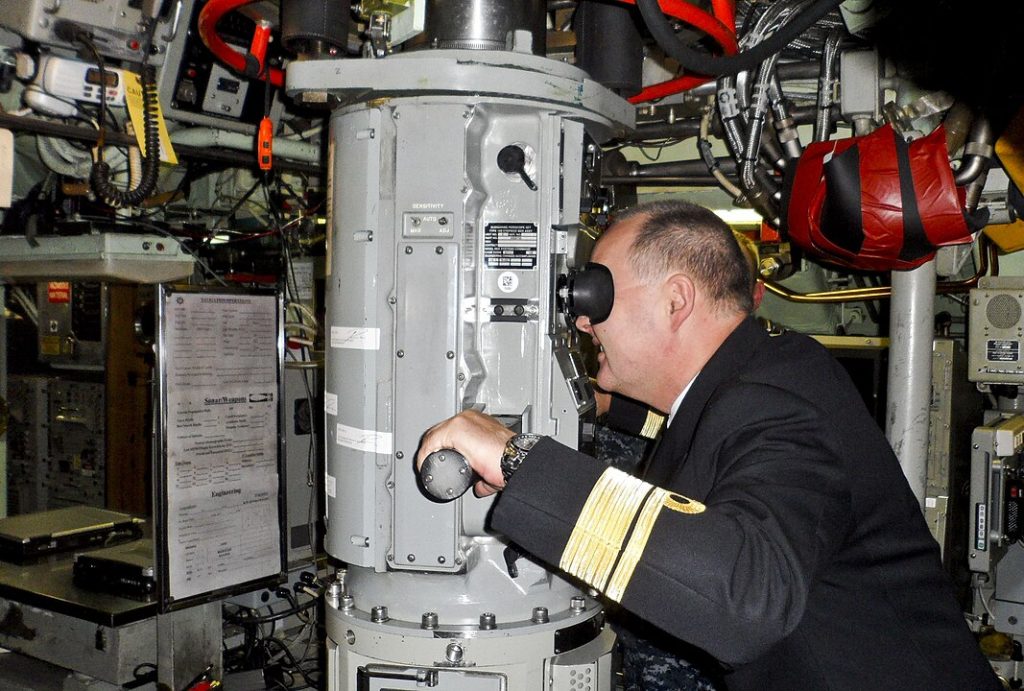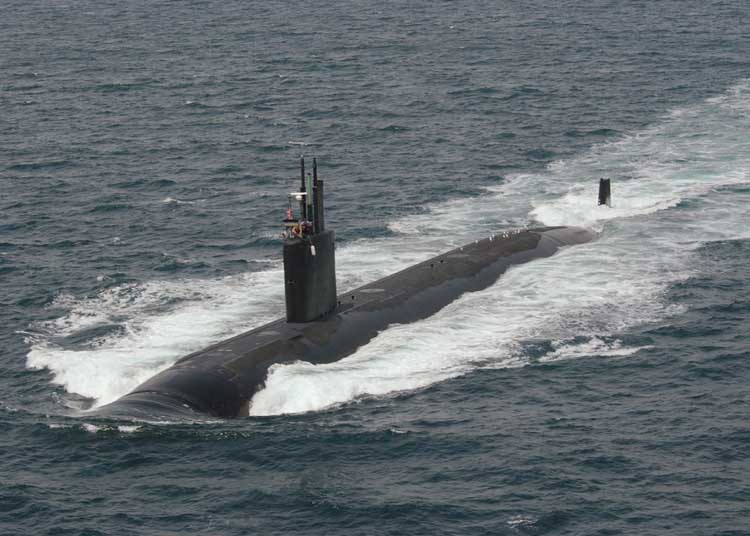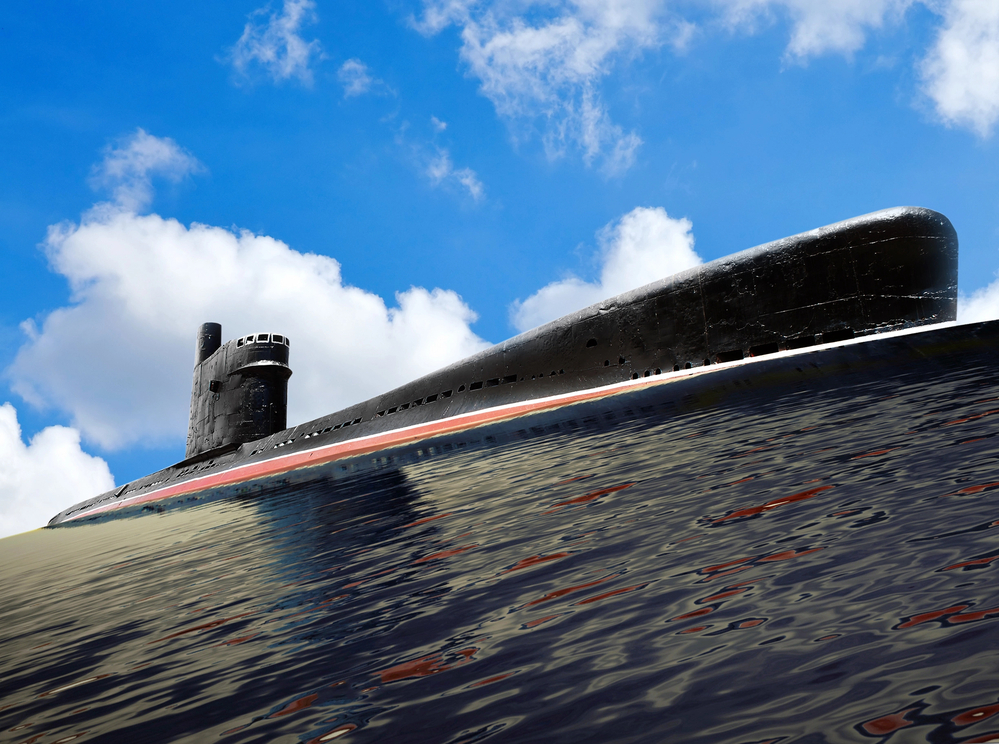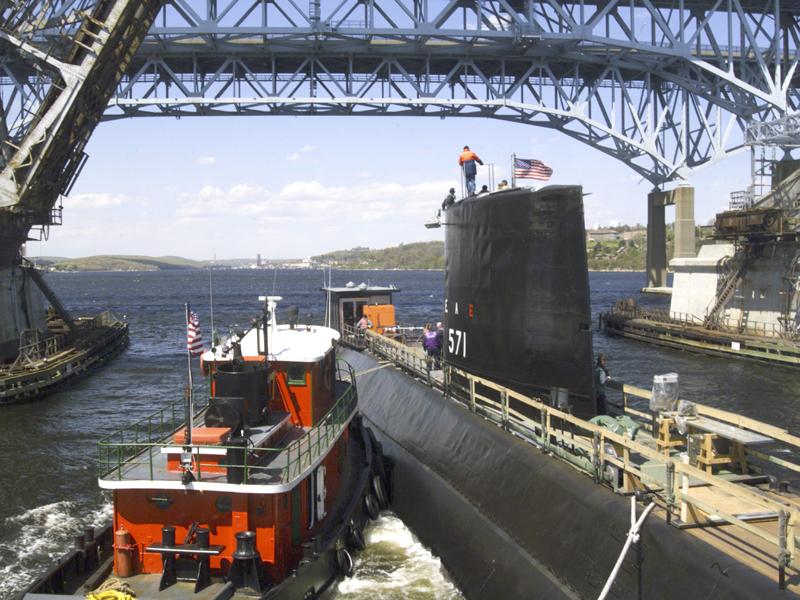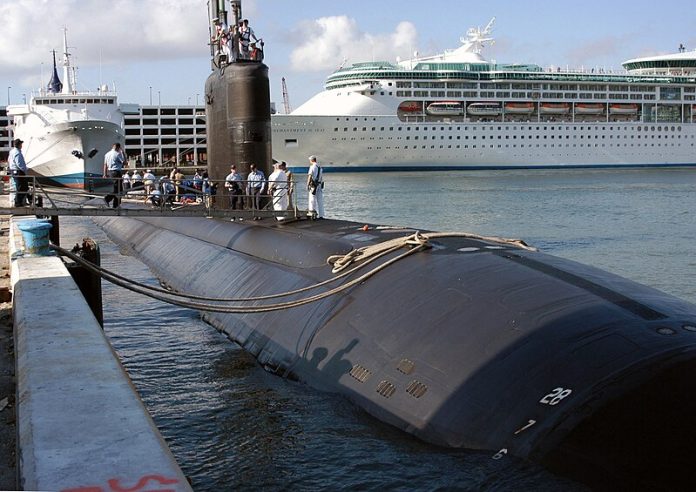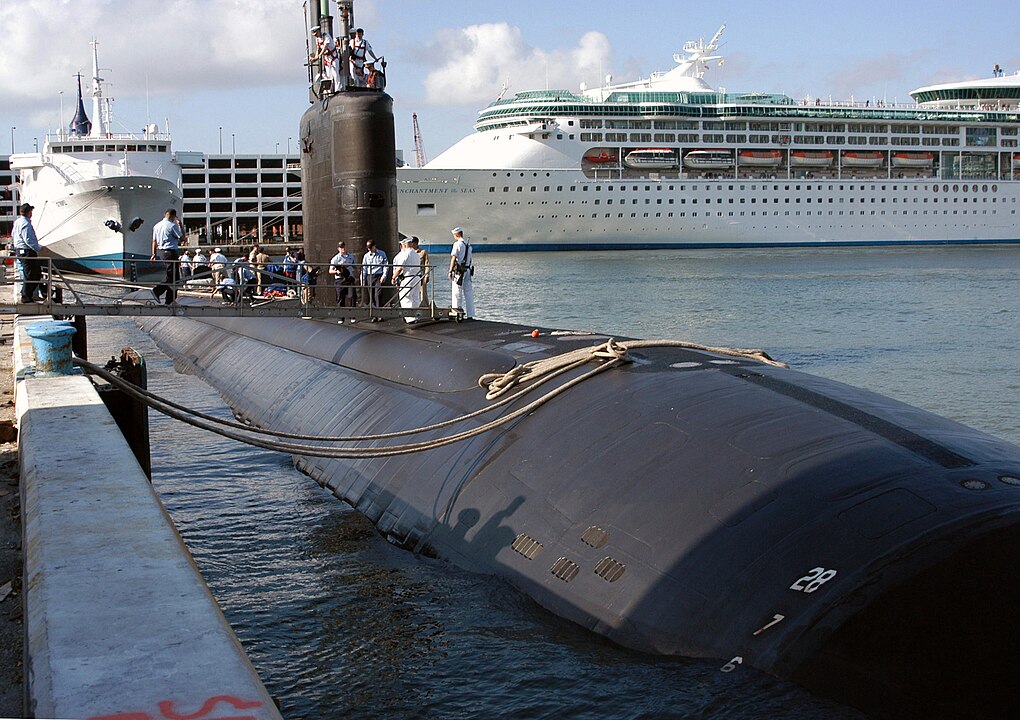
On May 23, 2012, a Portsmouth Naval Shipyard painter’s decision to set a fire aboard the USS Miami led to an extensive and damaging conflagration that underscored critical communication shortcomings and resulted in hundreds of millions in damages.
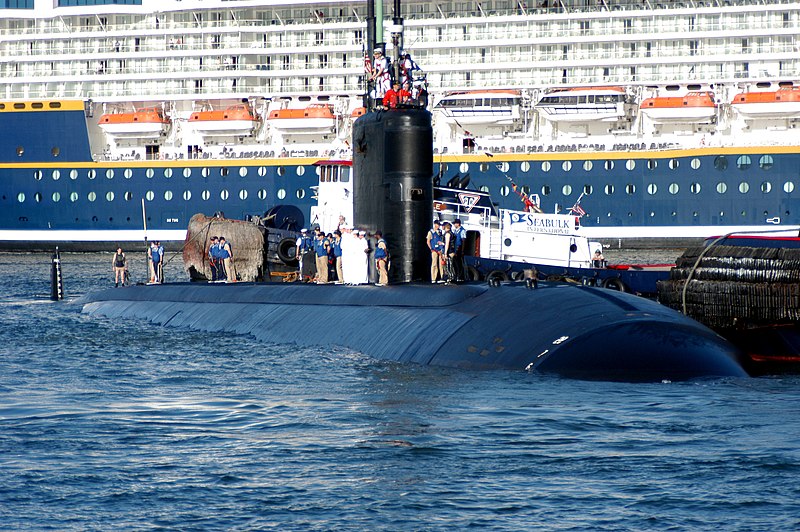
Casey James Fury, the painter, sought an early exit from work by igniting a plastic bag of rags in the submarine’s Forward Compartment. His actions catalyzed a sequence of events that not only jeopardized the vessel but also exposed gaps in emergency response systems.
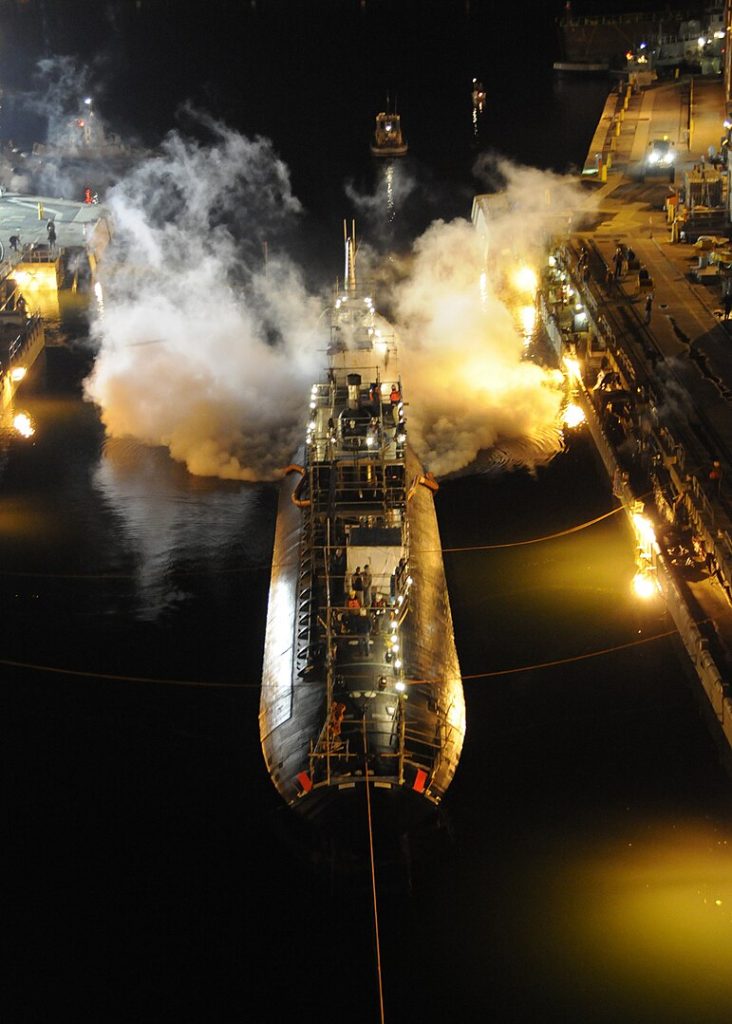
The USS Miami, a Los Angeles-class nuclear submarine, was a testament to maritime prowess, having participated in combat operations across multiple theaters. However, the flames that Fury set ablaze spread fiercely through the submarine’s forward sections, including the command and control center and living quarters. Over 100 firefighters battled the inferno for 12 long hours, and seven of them sustained injuries in the intense fight.
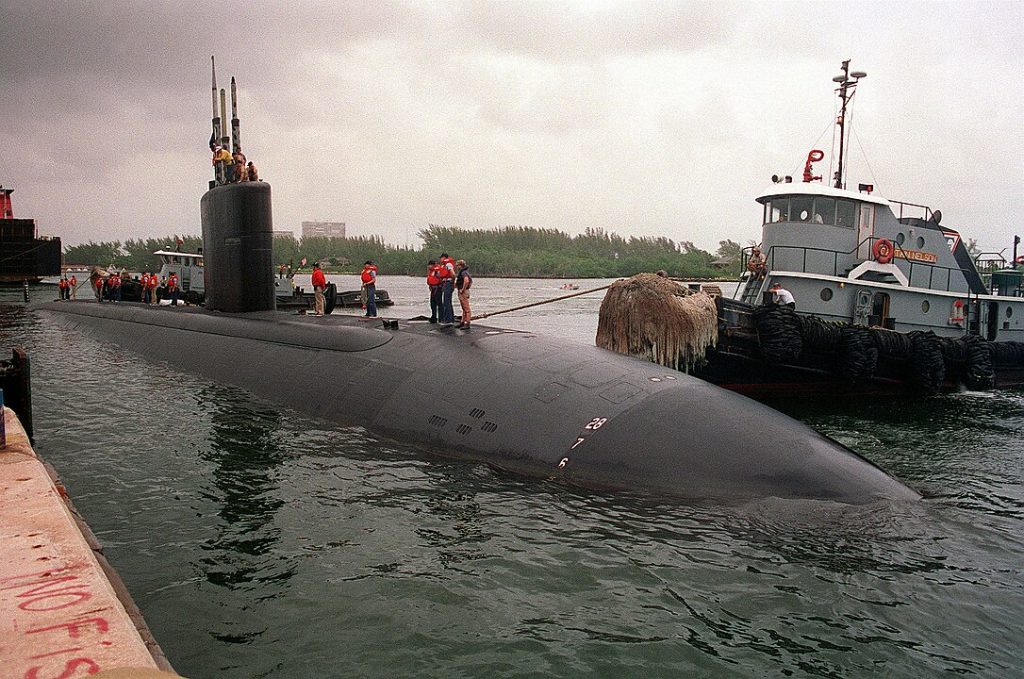
As the fire raged, the Incident Commander’s call for assistance brought response teams from numerous fire departments, including South Berwick FD and York Beach FD, among others. Firefighters and Ship’s Force Damage Control teams faced extreme heat and heavy smoke, finally locating the fire’s origin at 6:50 pm. The struggle to extinguish the flames lasted until the early hours of the next morning, with the final toll of damages reaching an estimated $440 million.
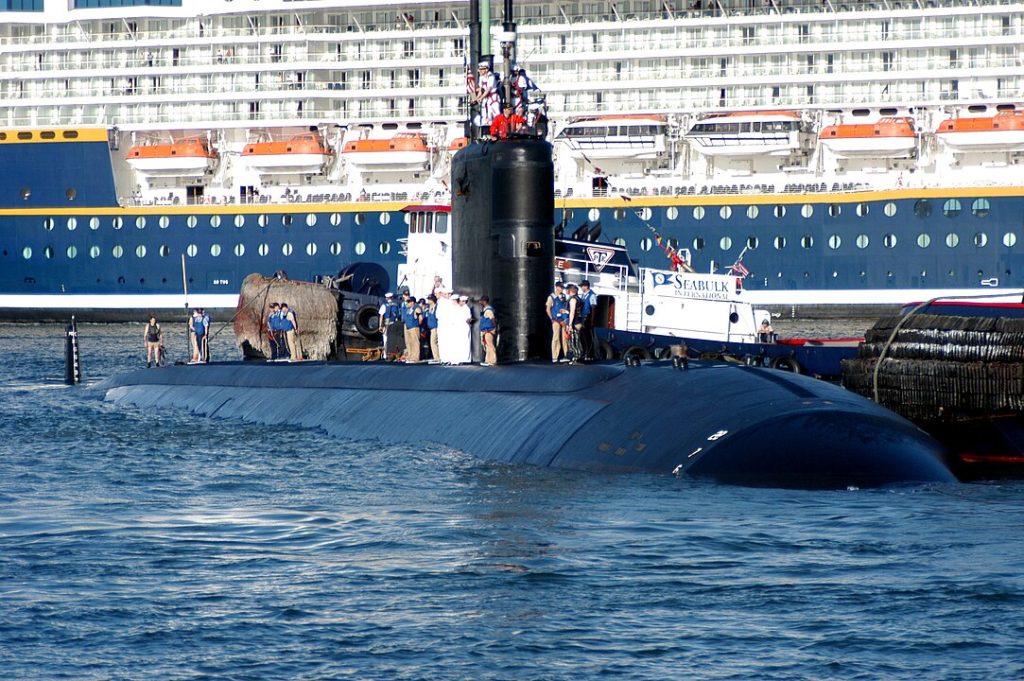
The aftermath of the fire prompted an investigation that revealed critical communication issues hampered the efforts to control the blaze. The Final Command Investigation stated, “The lack of an effective, common communication device between firefighters and DC Central for both Ship’s Force and land-based firefighters significantly hindered efforts throughout the casualty.”

The report hinted at the potential benefits of using FirstNet, a public safety broadband network, to improve organization, asset tracking, and medical emergency triage during such incidents.

While the initial damage estimates stood at $450 million, repair efforts, compounded by budget constraints and unforeseen complications, inflated the costs to a staggering $700 million. This increase led the Navy to decommission the once-mighty USS Miami, opting for dismantlement rather than restoration.

Fury, who was 25 at the time of the incident, admitted to the arson, driven by a desire to leave work due to an anxiety attack. His guilty plea to two counts of arson resulted in a sentence of 17 years in federal prison and an order to pay $400 million in restitution.
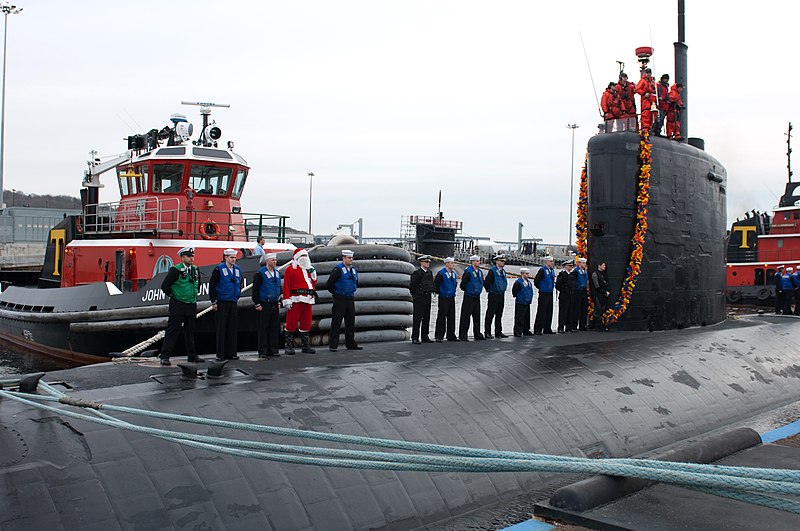
However, in a twist, Fury later recanted his confession from his cell in Fort Dix, New Jersey, claiming innocence and suggesting that anxiety, depression, and substance abuse may have clouded his memory of the events.
related images you might be interested.

